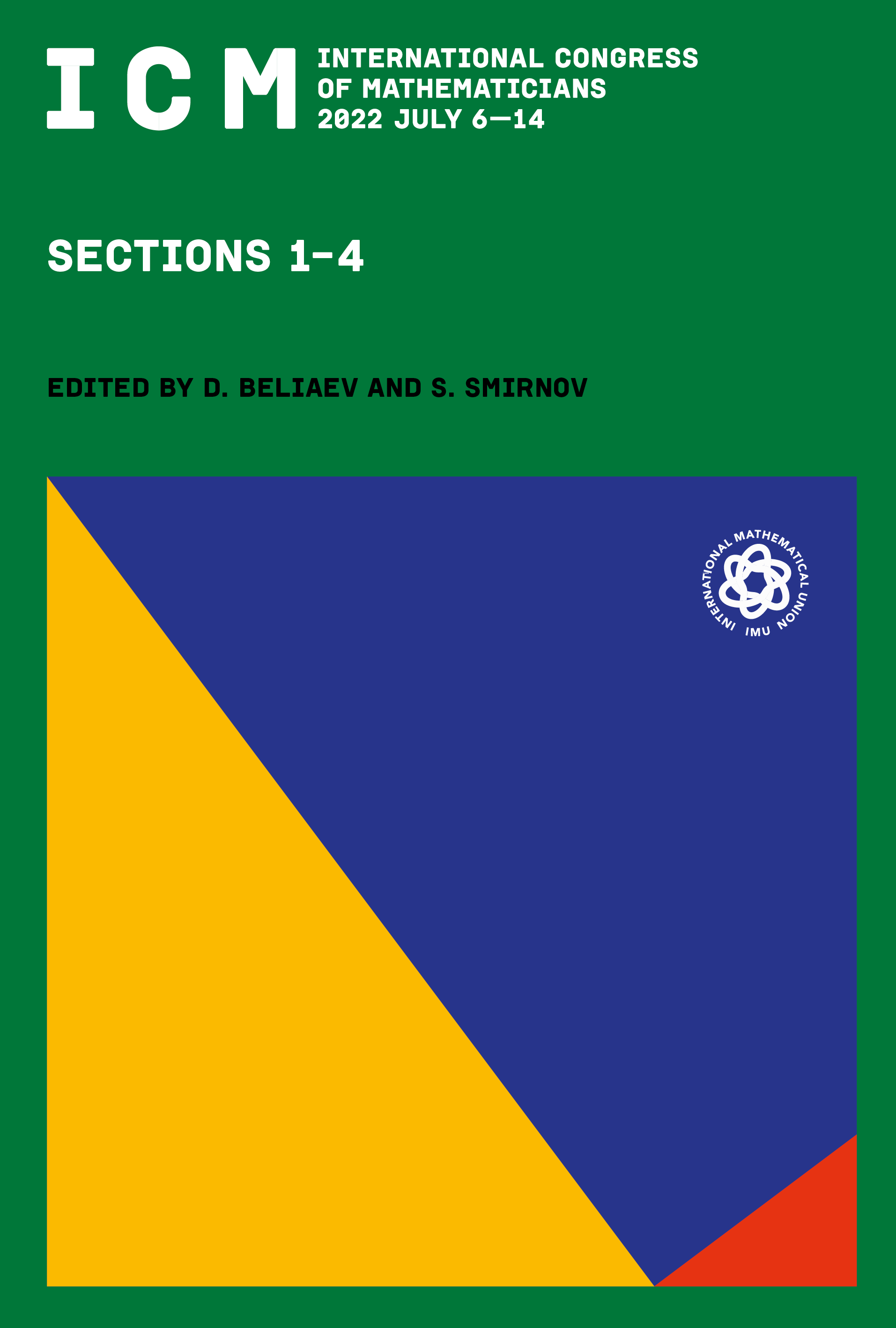On the Brumer–Stark conjecture and refinements
Samit Dasgupta
Duke University, Department of Mathematics, Campus Box 90320, Durham, NC 27708-0320, USAMahesh Kakde
Department of Mathematics, Indian Institute of Science, Bangalore 560012, India

This book chapter is published open access.
Abstract
We state the Brumer–Stark conjecture and motivate it from two perspectives. Stark’s perspective arose in his attempts to generalize the classical Dirichlet class number formula for the leading term of the Dedekind zeta function at (equivalently, ). Brumer’s perspective arose by generalizing Stickelberger’s work regarding the factorization of Gauss sums and the annihilation of class groups of cyclotomic fields. These viewpoints were synthesized by Tate, who stated the Brumer–Stark conjecture in its current form.
The conjecture considers a totally real field and a finite abelian CM extension . It states the existence of -units in whose valuations at places above are related to the special values of the -functions of the extension at . Essentially equivalently, the conjecture states that a Stickelberger element associated to annihilates the (appropriately smoothed) class group of .
We describe our recent proofs of the Brumer–Stark conjecture away from 2. The conjecture has been refined by many authors in multiple directions. We state some of these refinements and our results towards them. The key technique involved in the proofs is Ribet’s method.
One of the refinements we discuss is an exact -adic analytic formula for Brumer–Stark units stated by the first author and his collaborators. We describe this formula and highlight some salient points of its proof. Since the Brumer–Stark units along with other easily described elements generate the maximal abelian extension of a totally real field, our results can be viewed as an explicit class theory for such fields. This can be considered a -adic version of Hilbert’s 12th problem.